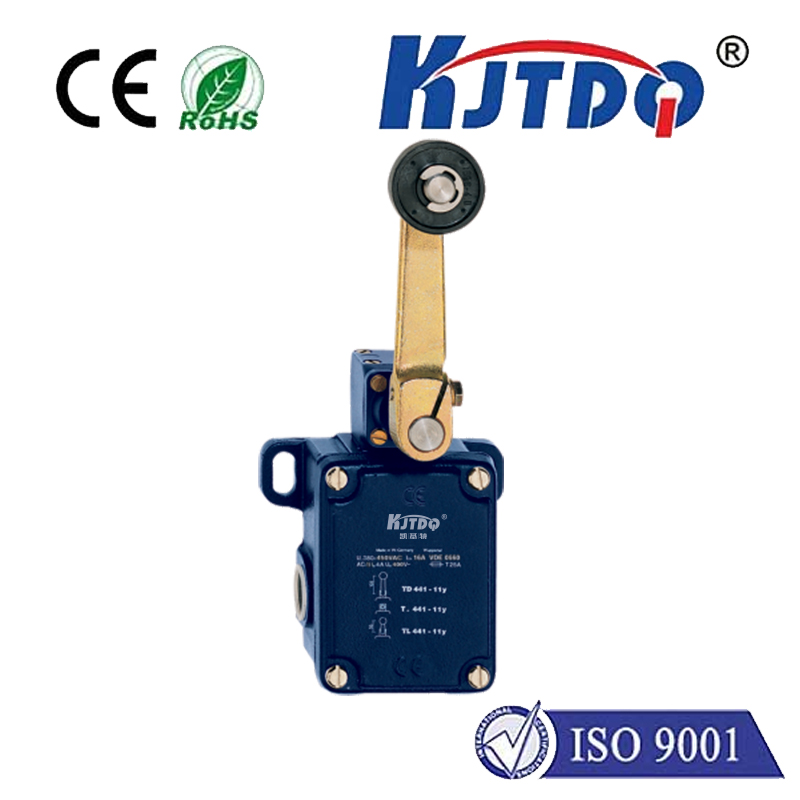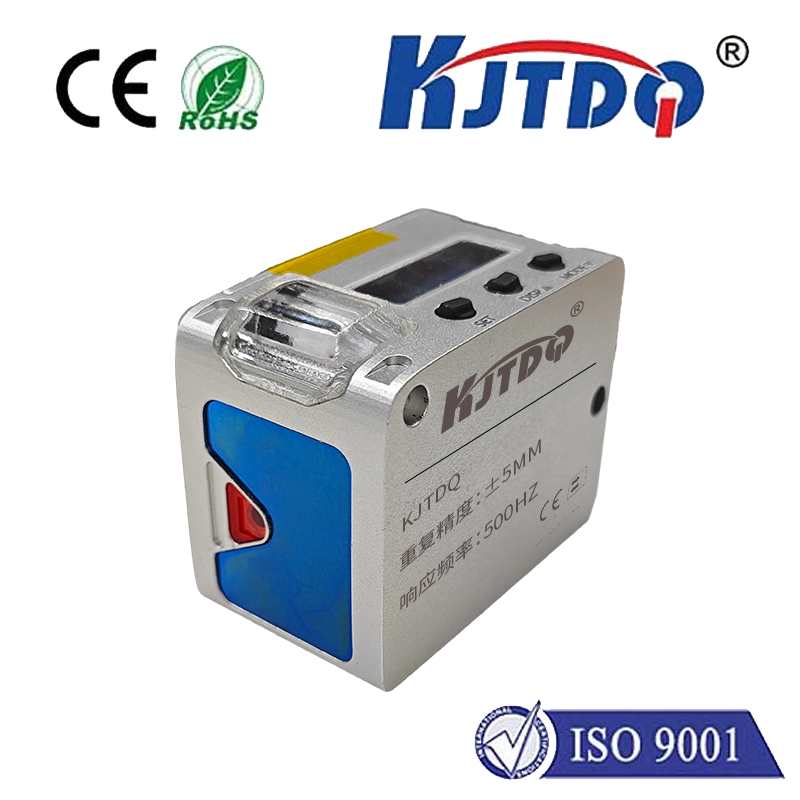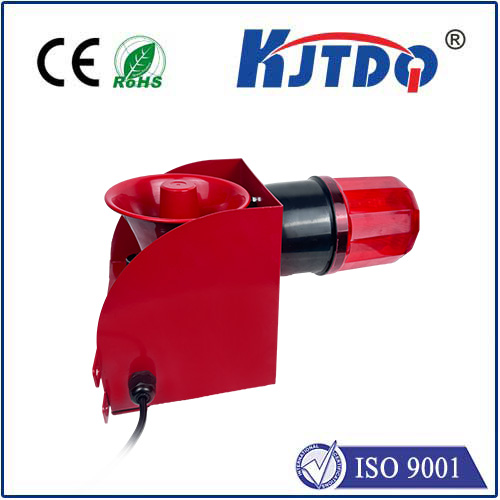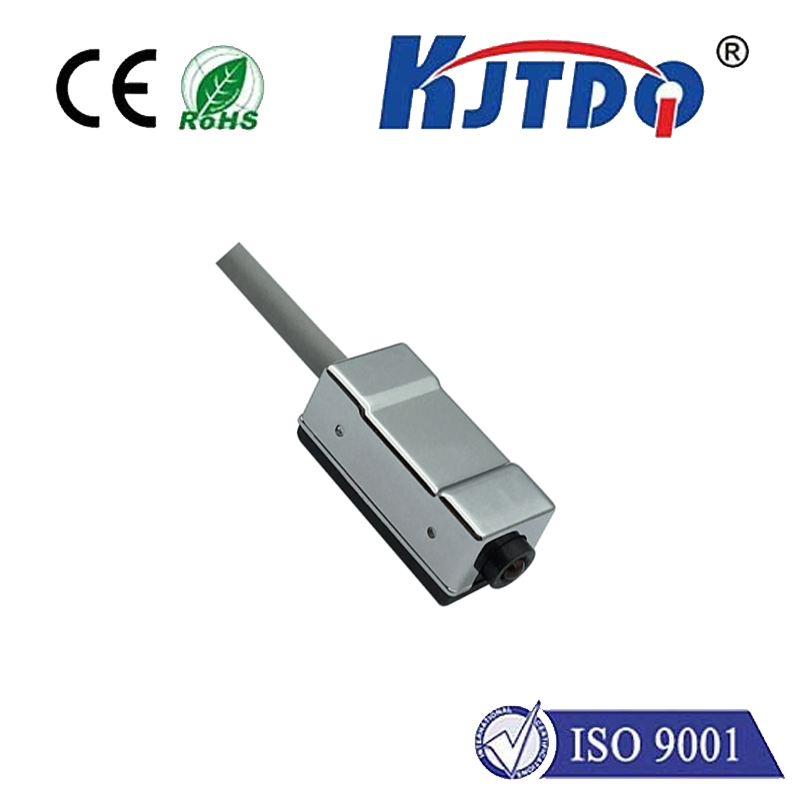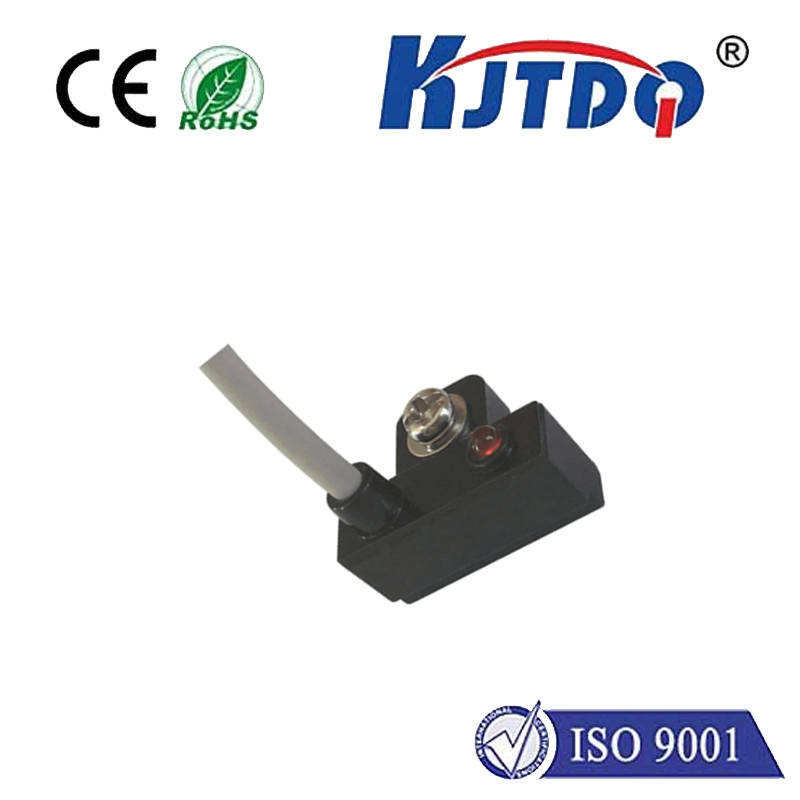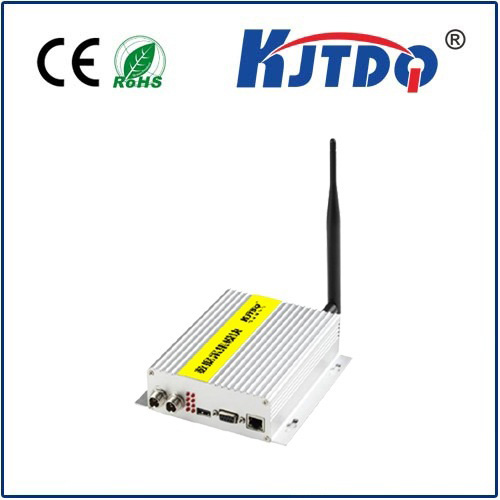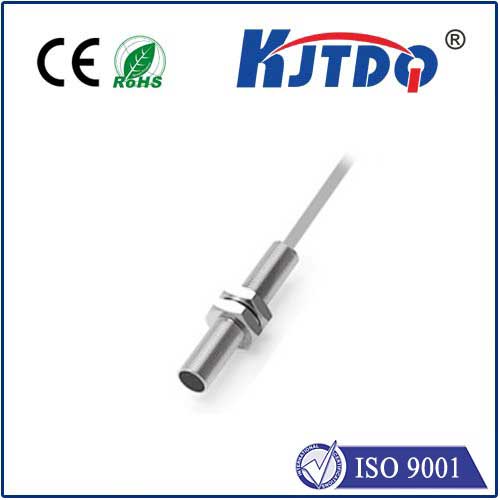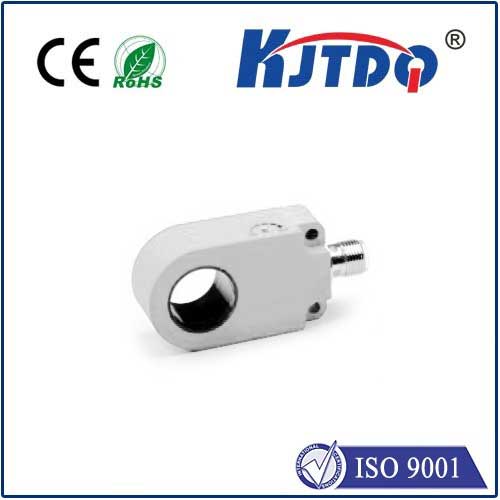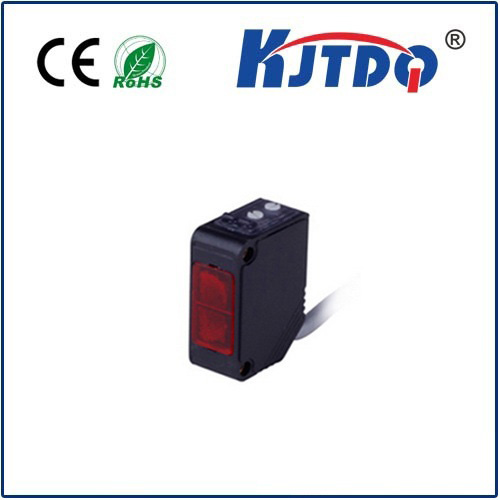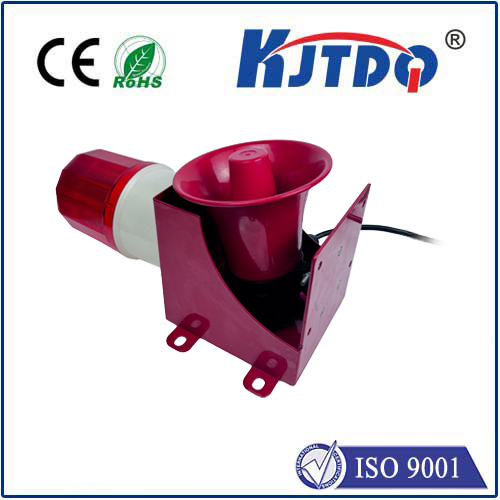
check

check

check

check
Inductive magnetic sensors are a cutting-edge technology that has transformed the way we measure distance and direction. These sensor devices use a simple yet powerful mechanism based on the induction of an electrical current in a magnetic field. By detecting changes in this current, these sensors can provide accurate and reliable measurements with high precision. In this article, we will explore the technology behind inductive magnetic sensors, their applications, and the advantages they offer over other types of sensors.
Section 1: Introduction to Inductive Magnetic Sensors
Inductive magnetic sensors are designed to detect changes in the magnetic field caused by the movement of conductive materials such as coils of wire or loops of metal. When a magnetic field passes through the coil, it creates an electric current in the conductor. This current is measured to determine the strength and direction of the magnetic field. The sensor output is typically a voltage or a digital signal that can be used to interface with other electronics systems for processing and analysis.
Section 2: Types of Inductive Magnetic Sensors
There are several types of inductive magnetic sensors available, each with its unique characteristics and applications. Some of the most common types include:
* Variable-frequency induction sensors: These sensors use high-frequency alternating current to create a varying magnetic field across the coil. This allows for accurate measurement of both distance and direction.
* High-resolution induction sensors: These sensors have a higher resolution than variable-frequency sensors, meaning they can detect smaller changes in the magnetic field. This makes them suitable for tasks such as tracking the position of objects over time.
* Ultrasonic induction sensors: These sensors use ultrasonic waves instead of electromagnetic fields to detect distances. They work by emitting sound waves into the air and measuring the time it takes for them to bounce back. While less precise than electromagnetic sensors, they offer greater immunity to interference from external sources.
Section 3: Applications of Inductive Magnetic Sensors
Inductive magnetic sensors have numerous applications in various industries, including:
* Automobile industry: These sensors are used for parking guidance systems, blind spot detection, and collision avoidance.
* Manufacturing: They are used for quality control, inspection, and material handling in factories and warehouses.
* Medical imaging: Inductive magnetic sensors are used to generate three-dimensional images of organs during surgery or to detect abnormalities in MRI scans.
* Robotics: They are used to navigate robots and other machines in challenging environments such as space exploration or disaster relief missions.
Section 4: Advantages of Inductive Magnetic Sensors over Other Types of Sensors
In comparison to other types of sensors, inductive magnetic sensors offer several advantages, including:
* High accuracy: Their ability to measure small changes in magnetic fields makes them highly accurate and reliable.
* Wide range of applications: They can be used for a variety of tasks ranging from simple distance measurements to complex navigation systems.
* Easy implementation: Inductive magnetic sensors are relatively simple to implement and require minimal maintenance compared to other types of sensors.
